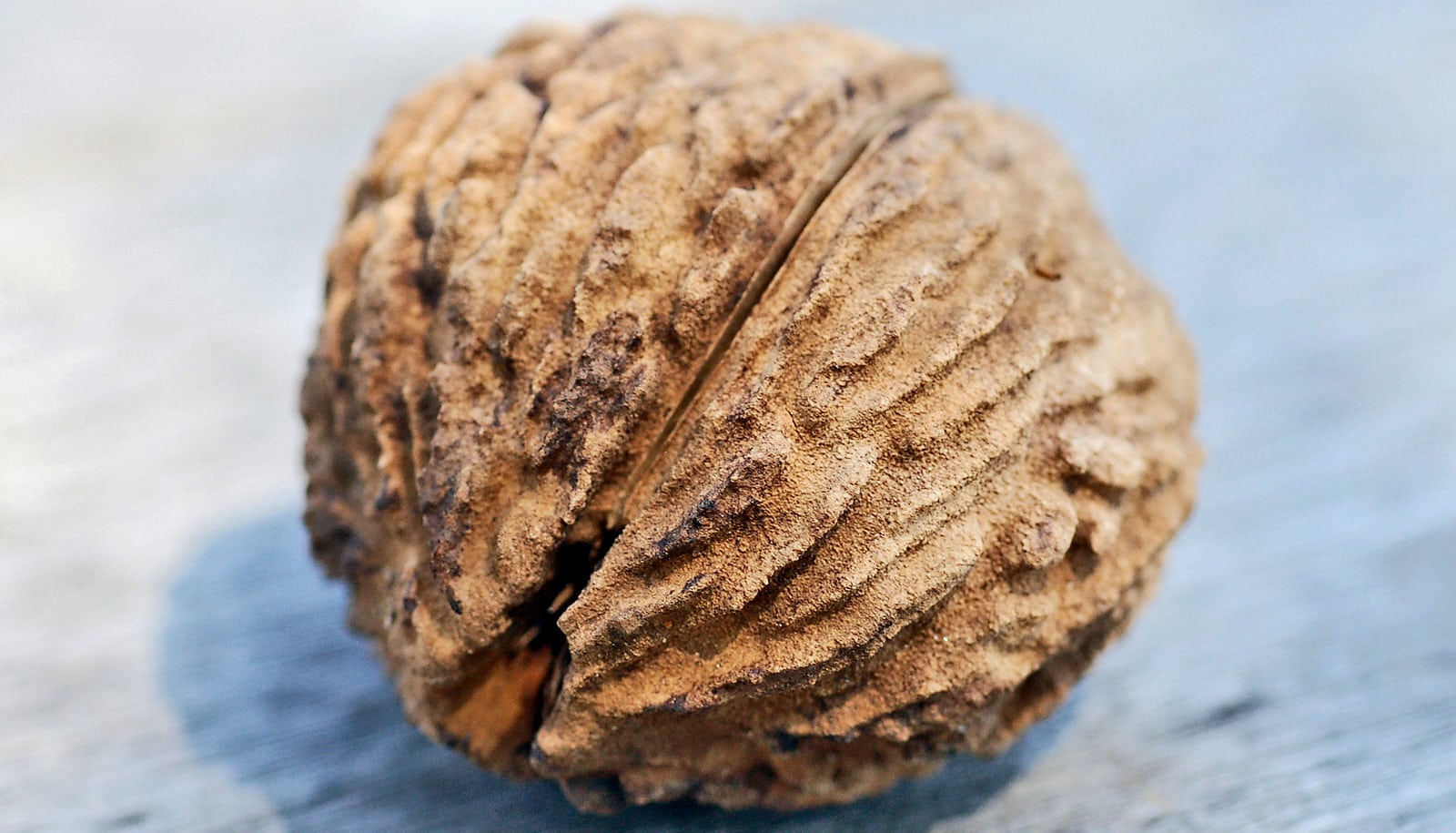Black walnuts contain molecular compounds called phytosterols, which may have health benefits.
Phytosterols have been shown to help prevent obesity, diabetes, and cardiovascular disease while promoting lower cholesterol, lower inflammation, and anticancer activity in the body.
“The health benefits of phytosterols are well known, and now we have critical information for both consumers and producers that shows black walnuts are a great diet option for those looking to reduce their risk of cardiovascular disease,” says Chung-Ho Lin, an associate research professor of forestry in the University of Missouri’s School of Natural Resources and Center for Agroforestry.
Lin and his colleagues compared the phytosterol profiles of English walnuts and six varieties of black walnuts. They performed the first systematic analysis and comparison of the heart-healthy nutrients across different black walnut varieties. Two varieties, known as Tomboy and Chesler, surpassed the English walnut with the potential health benefits of their phytosterol compounds.
“This is an exciting development because it opens the door to other commercial applications for the black walnut,” Lin says. “They are a great nutritional option when eaten, but some dietary supplements are also fortified with phytosterols, so this walnut has a valuable component that could be separated and used in other ways.”
Ho-Lin says that processing black walnuts produces a large amount of waste material, and that material currently has only limited use as pig feed. The new study suggests that some of that waste material could become more valuable products, including supplements and cosmetics with anti-inflammatory and anti-oxidant properties. Cosmetic applications would reach the market quicker than other uses because they do not need FDA approval, Lin says.
The study appears in the Journal of Food Composition and Analysis. Funding came from the University of Missouri Center for Agroforestry and Missouri Specialty Crop Block Grant Program. Coauthors are from the University of Missouri Metabolomics Center and the US Department of Agriculture’s Forest Service Northern Research Station.
Source: University of Missouri

